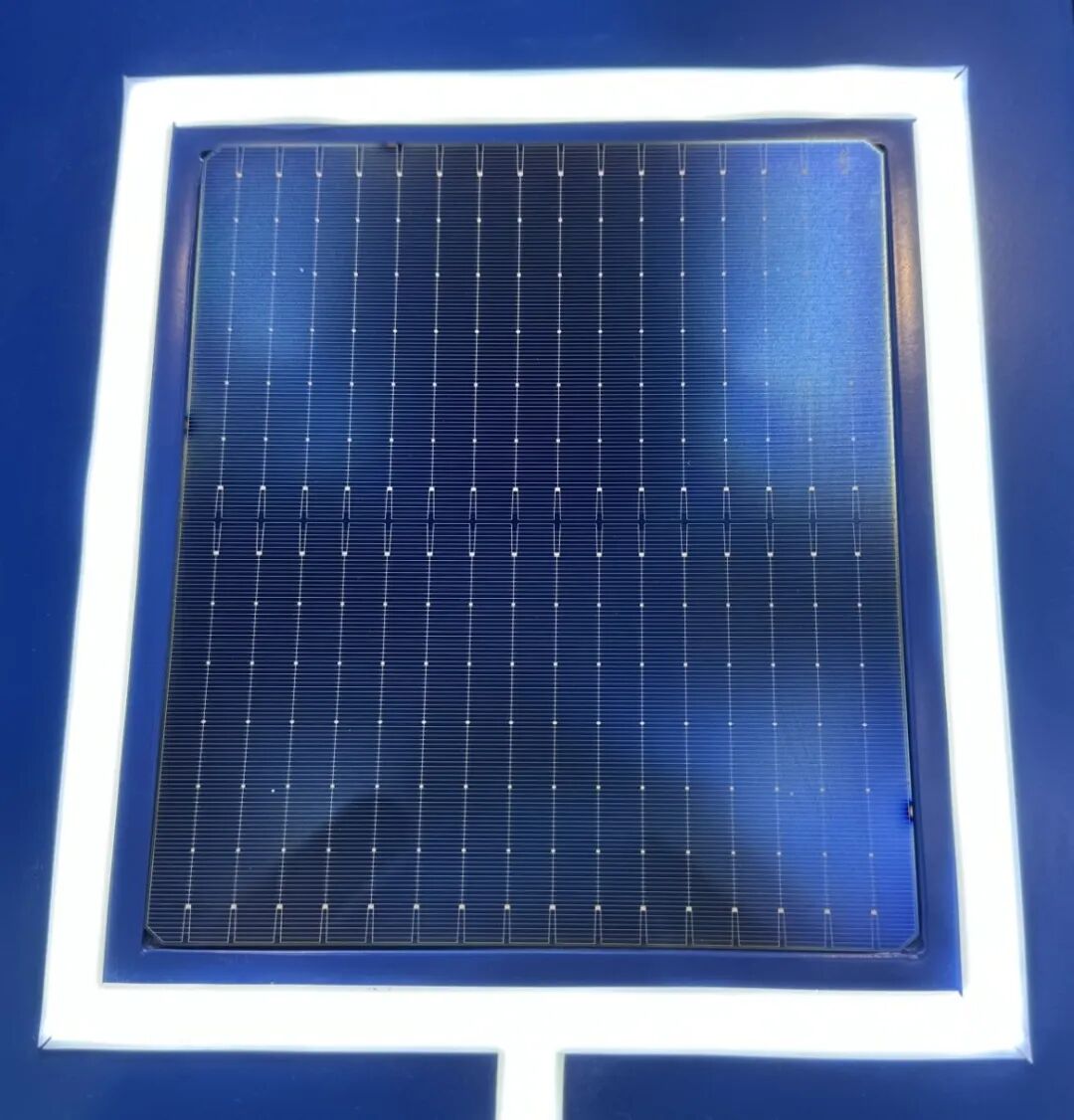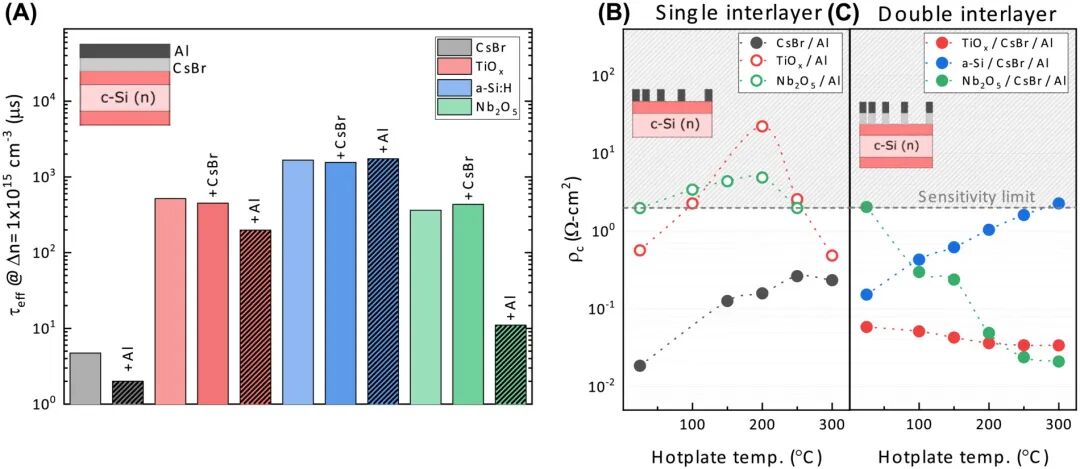Recently, a significant breakthrough has been achieved through an international collaborative study involving multiple universities and research institutions from Australia, China, the Netherlands, and Germany. The study found that using cesium bromide (CsBr) as an interlayer material can significantly improve the photoelectric conversion efficiency of crystalline silicon (c-Si) solar cells. This achievement provides a new direction for next-generation high-efficiency solar cell technology.

Image Source: Internet
Core Technology: The Role of the Cesium Bromide Interlayer
The research team systematically evaluated the application effects of a series of ionic compound interlayers in solar cells and discovered that cesium bromide performed exceptionally well, particularly when combined with passivation layers such as titanium oxide (TiOx). This combination forms a low-resistance ohmic contact, thereby significantly enhancing battery performance.
Experimental results showed that, in the deposited state, the efficiency of lab-scale cells using a CsBr/TiOx/Al stacked structure as a full-back electron-selective contact exceeded 19%. After annealing at 250 degrees Celsius, the passivation quality and work function of the device further improved, increasing the efficiency to 20.5%. This demonstrates excellent process compatibility and stability.

Image Source: Internet
Research Value and Industry Significance
Compared to traditional amorphous silicon or polysilicon passivation contact technologies, this new CsBr-based contact structure maintains good passivation effects while offering higher light absorption capacity, effectively reducing optical losses and opening new pathways for improving cell efficiency. The researchers stated that future efforts will focus on further enhancing the passivation quality of such functional layers and using highly reflective materials like silver (Ag) to improve optical performance, thereby continuously driving efficiency improvements.
This research not only provides a feasible solution for the industrialization of low-temperature-processed crystalline silicon solar cells but also highlights the important role of international collaboration in promoting clean energy technology innovation. The related findings have been published in the renowned photovoltaic journal Progress in Photovoltaics, under the title "Electron contact interlayers for low-temperature-processed crystalline silicon solar cells."
This breakthrough marks a solid step forward in achieving higher efficiency and lower-cost solar cells, injecting new technological momentum into the global energy transition.